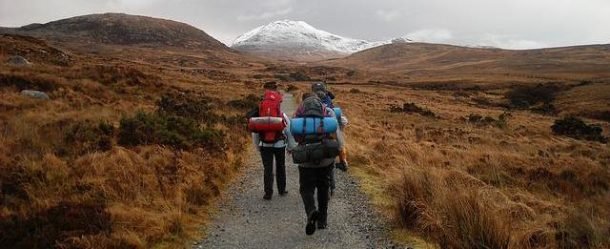Visit to Masroor temple was an amazing experience for me. Twenty-five years ago when I was studying tourism at Delhi University, that time, I had started browsing through the magazines giving information about most of the tourist destinations, mainly in the hills of Himachal Pradesh. Every time I read about some destination, I decided to visit that one day. And now it is almost twenty years since I have been roaming in these hills looking for something different that I can offer to my clients.
Masroor Rock-Cut Temples
This time my destination was Masroor temple, commonly known as the Himalayan Pyramid. As I stepped up to the flight of stairs leading to the temple and reached the last step, a few stone figures carved in a hard rock attracted my attention. What a visual delight it is, to have a look at the age-old structure. I fail to stop myself from pulling out my camera and take some clicks. It is hard to believe that the artist carved the whole group of fifteen temples, big and small out of one rock. This single rock that he shaped in different shrines compels one to spend time looking at them.
Who built Masroor Temple
When were they carved and who was the sculptor, is hard to say. The locals believe that they are from the era of Mahabharata and Pandawas made them during their exile. All the five Pandawa brothers along with their mother Kunti, resided at this place for some time and they left a mark of their presence here. On the other hand, the scientists and the geologists from the Archeological Survey of India claim its existence from the eighth century. Who was the sculptor, is also hard to say. I am surprised to know that centuries ago also people knew what the Hindu Gods and Goddesses looked like. They knew that Ganesh was an elephant God and Shiva always wore snakes around his neck. They also knew very well how to carve the human figures out of the hard stone and make them look like the deities.
What does it consist of
The main temple which is there in the middle of the rock has the figures of lord Rama his wife Sita and his younger brother Laxmana. The rest of the parts of the rock have different shapes and figures on their different sides. The natural water pond to the front of the courtyard remains full of water and when it is full to its capacity the water overflows down to the valley, finally down to the Arabian sea, finally.
Location
The main temple which is there in the middle of the rock has the figures of lord Rama, his wife Sita and his younger brother Laxmana. The rest of the parts of the rock have different shapes and figures on their different sides. The natural water pond to the front of the courtyard remains full of water and when it is full to its capacity the water overflows down to the valley, finally down to the Arabian sea, finally.
A School
To the other end of the pond, there is a middle school. The students come from the village of Masroor and other nearby villages. The way to their school is through the courtyard of the temple. They are not fascinated by the carving of the rocks or by the figures appearing in the rocks, or even by the shape that the single rock has taken after the sculpting. It is their home so it keeps no value for them. But sometimes they are pleased to see its photos in their syllabus books. Sometimes they are delighted to see the foreign visitors who come to visit the temple. Foreigners, after visiting the temple also wish to have an interaction with the kids but language is a big barrier. Then their teachers play the role of an interpreter with their broken English.
The best time to visit
A sunny winter day is the best time to visit Masoor temple. Summer could be hot but the mulberry trees and some sheesham trees provide shade around the year. Monsoon brings a pleasant climate and winter could be cold but recommendable. The old man shuts and opens his tea stall at his comfort. The school kids leave to join some other school or for higher studies, when their schooling is over. The tourists come and go. Almost every day there is someone coming from a faraway place to enjoy the sculpting of the rock and appreciate that unknown artist who left a legacy behind him. Centuries have passed and there is no information on the artist who made these carvings but the carved rock stands still as a mute witness to the changing of eras.
Click Here to know more about us
By . . . . . . . . . Sumit Raj


My ride around shimla was more or less surprising and depressing. Shimlas main town has became commercialised, I fall for those off beat hills around the crowded city. An amazing read hope to see more from you. Check out my experience in Shimla..
http://www.thelifeimprovised.com/2016/03/shimla.html
My pleasure to being here on your blog..I wanna come back here for new post from your site.
Thanks a lot for the lovely comments.
It is very informative and lovely post keep continue posting and spread information